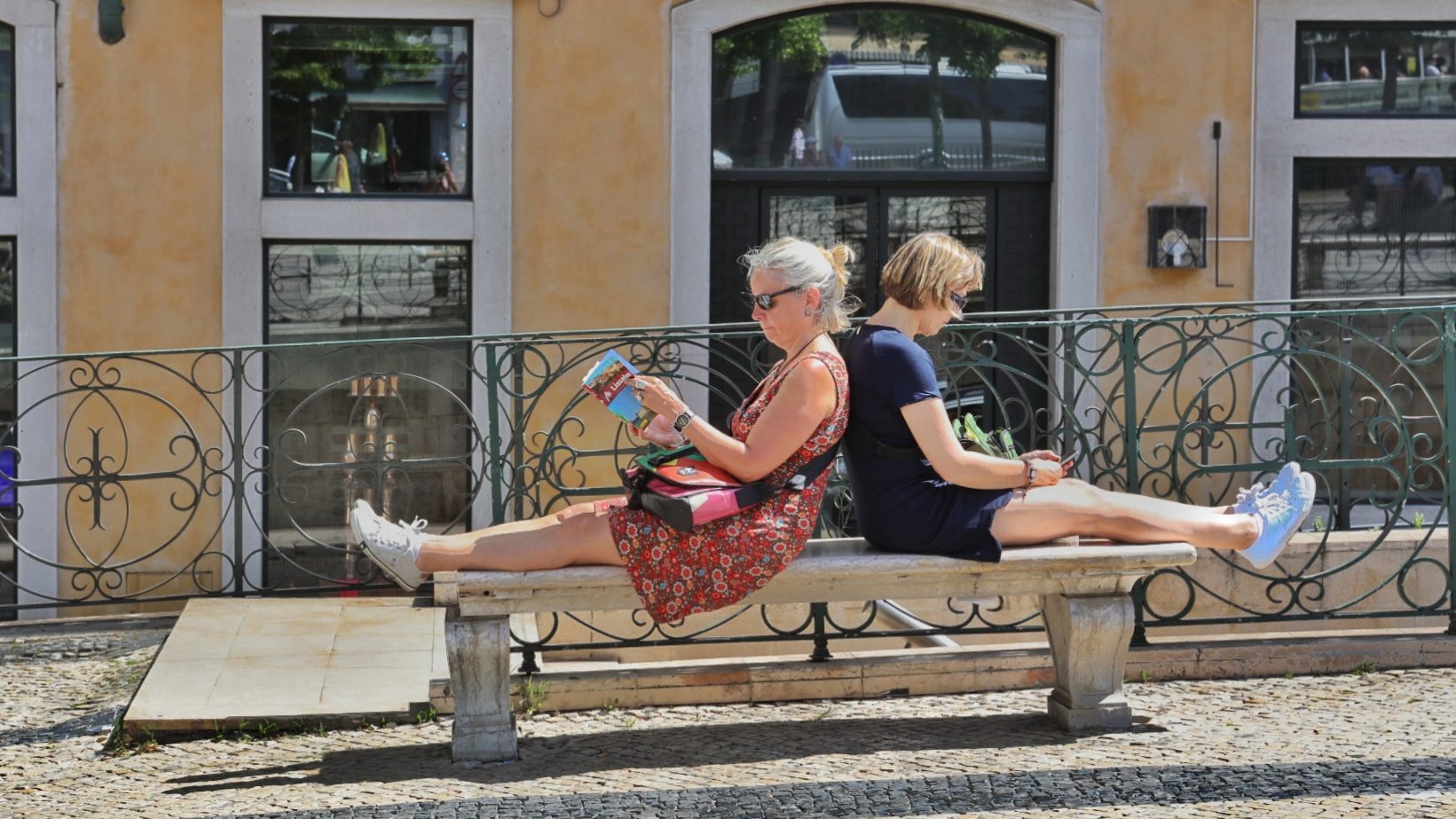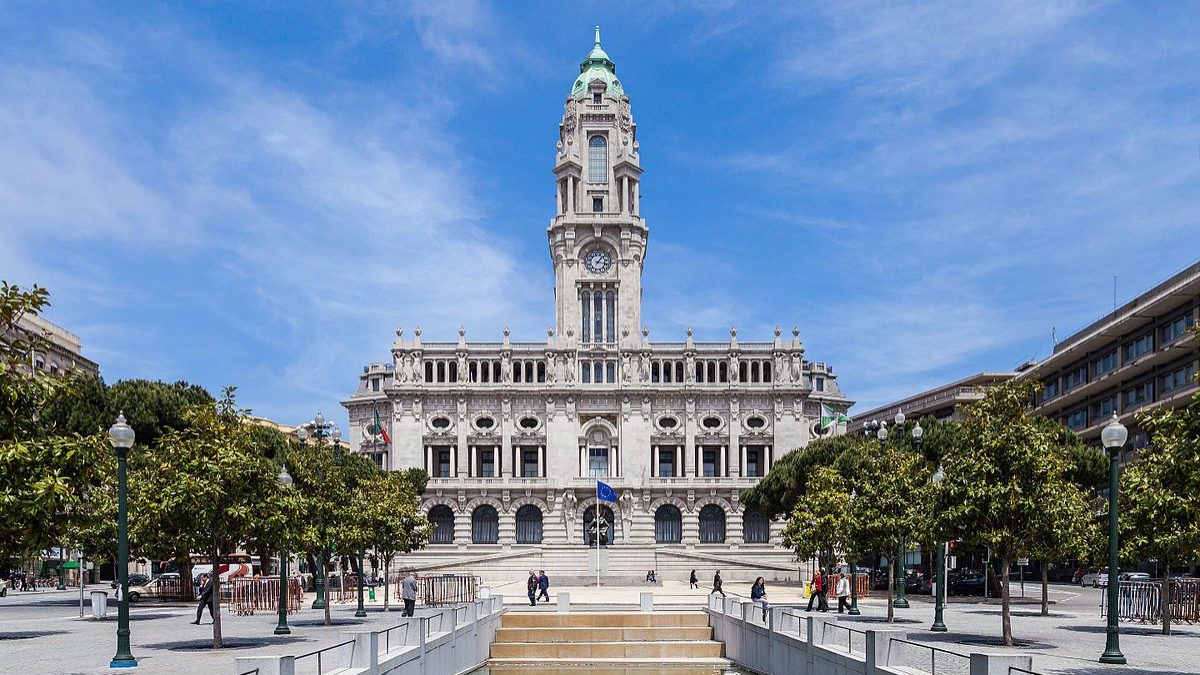Is Lisbon like Barcelona yet? It is not that far
Lisbon has eight thousand tourists per one thousand inhabitants. There are two hotels and 107 short rentals per square kilometer.

“35 million– that’s an excess”. This was how Ana Mendes Godinho summed up her understanding of a tourism overload, in an interview, this Sunday. The State secretary for Tourism was referring to the number of visitors Barcelona receives yearly and she compared them to the significantly lower Portuguese numbers. In 2017, Portugal registered around 19 million guests per year and Lisbon received 5.6 million.
Meanwhile, Portugal went over 20 million guests and the Lisbon region already accommodates over 6 million tourists per year — all of this without accounting for short renting. The answer remains the same: to ECO, the State secretary reinforces she does not agree with the statement that “Portugal has too many tourists”. This idea summarizes a general thought: Lisbon had a quick and explosive growth in tourism over the past few years, but it is far from becoming a city like Barcelona, Venice, Berlin or Amsterdam. In these cities, the concept of “tourism excess” is no taboo, but rather something dealt with by resorting to legislation. Where does Lisbon stand, after all, when compared to these four cities?
It is true that the Portuguese capital city’s absolute numbers is almost non-comparable to these cities, but it is important to compare their ratios. Lisbon receives eight thousand tourists per one thousand inhabitants, a higher ratio than Barcelona or Berlin, and it registers over 19 thousand overnight sleeps per inhabitant, more than Amsterdam. Lisbon has two hotels per square kilometer, a number that is only smaller than Barcelona’s. Lisbon has 107 short rentals per square kilometer, five times larger than Berlin and two times larger than Amsterdam.
I do not agree with the statement that Portugal has too many tourists. Quite the contrary, we have a great growth potential.
Hotels and guests in Lisbon double in a decade…
In 2017, Lisbon should have registered 4.4 million guests and 10.3 million overnight stays in 2017 (which will only be certain when INE provides separate data for the city of Lisbon).
Evolution of the number of guests since 2005

Also last year, Lisbon had 204 hotels and pensions, with a total of over 21 thousand rooms and 36 thousand beds, according to numbers from Lisbon Tourism. At the same time, it had 10,700 short rentals with 24 thousand rooms and 52 thousand beds, according to a source from the Short Rental Association in Portugal, to ECO.
Evolution of the number of overnight stays since 2005

In some cases, the number of guests and overnight stays is not enough to assess the excess of tourism, since the number of tourists visiting it and do not stay overnight is also significant. In Venice, for example, it is estimated that every year it receives 30 million visitors. However, the city only has 4.6 million guests and 10.5 million overnight stays — similar numbers to those from Lisbon.
Lisbon registers 8 thousand guests and 19 thousand overnight stays per one thousand inhabitants

Regarding the proportion of guests and overnight stays in comparison to the number of inhabitants: contrary to what takes place in Barcelona, Berlin and Amsterdam, where population increased in the past decade, Lisbon actually lost inhabitants, going from 555 thousand people in 2005 to around 505 thousand in 2016. That year, the Portuguese capital city received eight thousand tourists and 19 thousand overnight stays per one thousand inhabitants. According to Eurostat, in the European Union, in 2015, there was an average 5,292 overnight stays per one thousand inhabitants. Eurostat believes that, in terms of overnight stays, an excess starts at 20 thousand nights per one thousand inhabitants. As for the relationship between guests and inhabitants, Lisbon only stands behind Amsterdam and Venice.
Lisbon has two hotels and 107 short rentals per square kilometer

As for the distribution of tourism businesses in the city, there were two hotels and 107 short rentals per square kilometer last year, numbers that are only surpassed by Barcelona. The Catalan city has 6.8 hotels and 186 short rentals per square kilometer. Berlin has less than one hotel per square kilometer and it only has 20 short rentals for that area. Amsterdam, like Lisbon, has two hotels per square kilometers, but only 58 short rentals. And Venice has one hotel and 16 short rentals.
“I do not agree with the statement that Portugal has too many tourists”
When asked about these numbers, the State Secretary for Tourism, Portuguese Hotels Association (AHP) and the Lisbon Tourism Association take on a similar position: tourism benefits are more important than the constraints it brings, there is not too much tourism in Lisbon and there is more room to grow.
“I do not agree with the statement that Portugal has too many tourists. Quite the contrary, we have a great growth potential”, the State secretary for Tourism, Ana Mendes Godinho, told ECO. The same is stated by Vítor Costa, from the Lisbon Tourism Association: “The benefits of tourism in Lisbon are highly known. It generates wealth, propels job creation, urban rehabilitation and it improves the cultural offer and resident’s self esteem”.
As for Raul Martins, AHP president, justifies that “tourism in the city of Lisbon is growing at a much more accelerated pace than other cities, because they already had their tourism boom, which caused them to now decrease their growth”. He also believes “there is more room to grow”, and he acknowledges that “in order for tourism to have a sustainable growth, there must be limits to areas that suffer a larger touristic pressure”. In addition, he believes it is necessary to “control the volume of the accommodation offer, so that the country does not loose its identity”.
Concerning tourism, the Government has one goal: “to value the land, authenticity and patrimony, assuming that tourism must add value to local populations” and acknowledging that it is necessary to assure that “transportation and infrastructures answer the needs and different usages” from guests and inhabitants.




